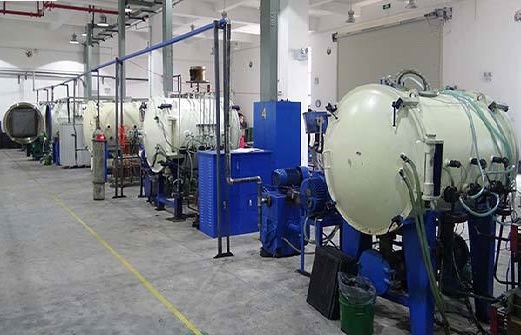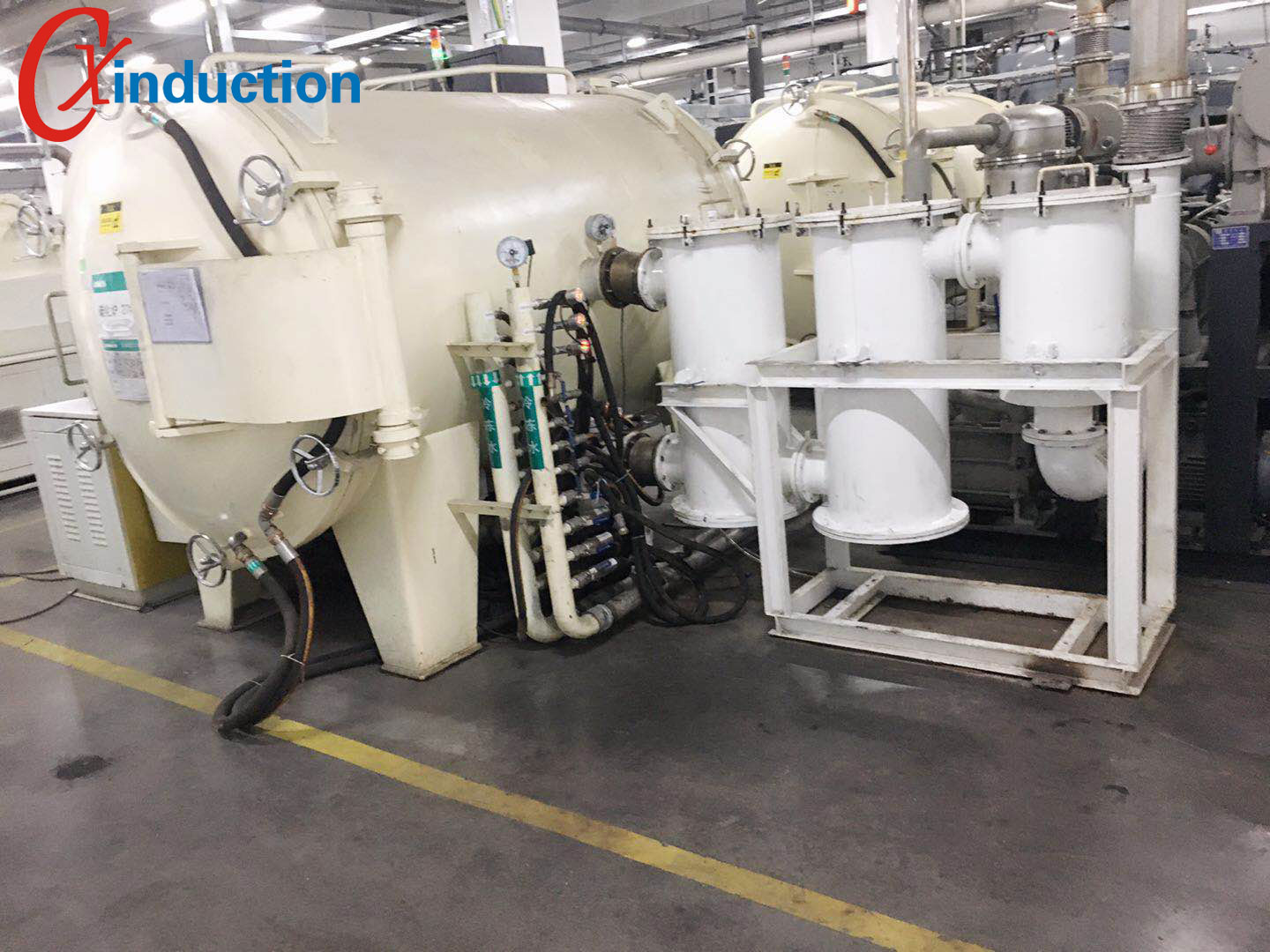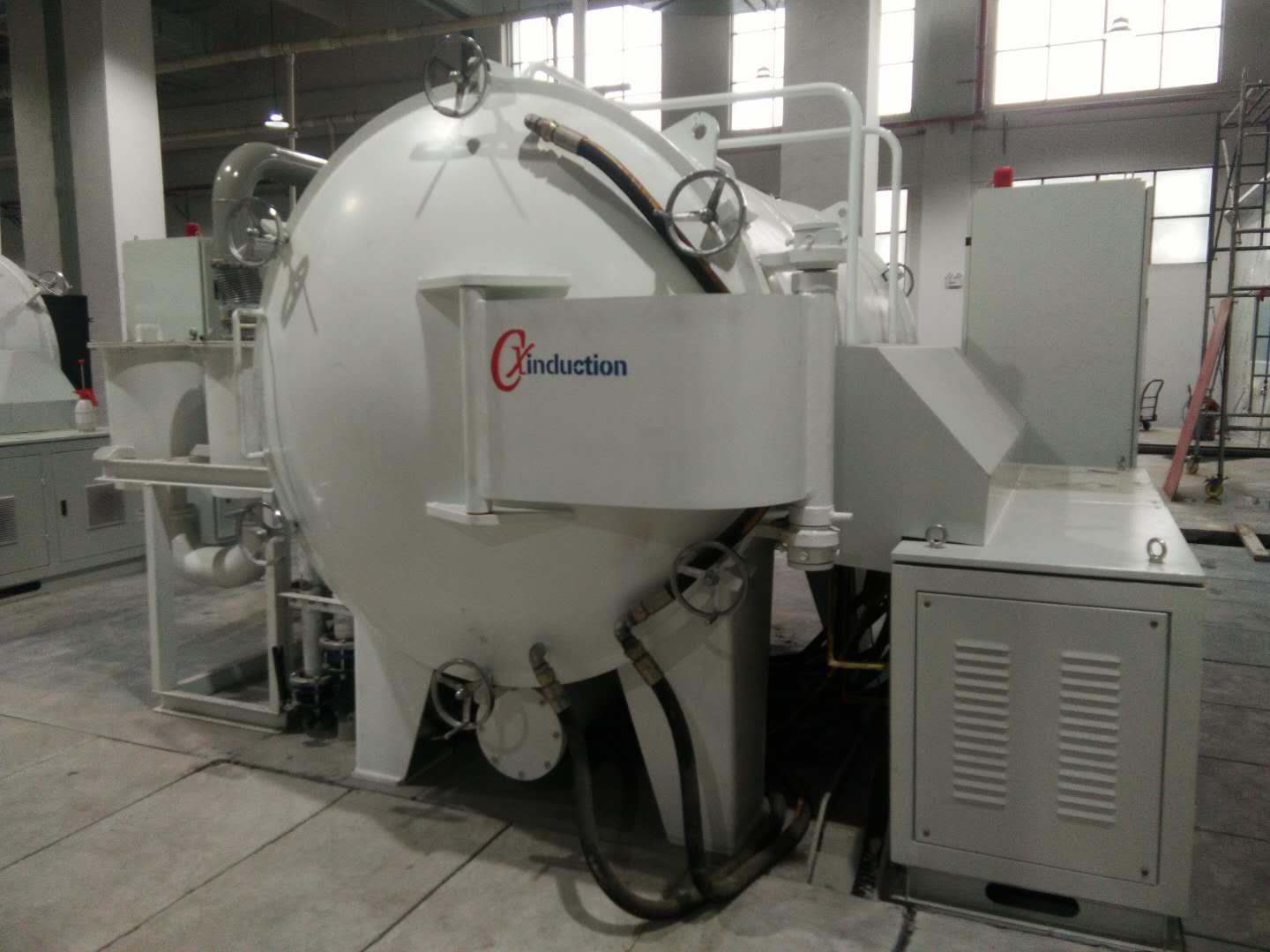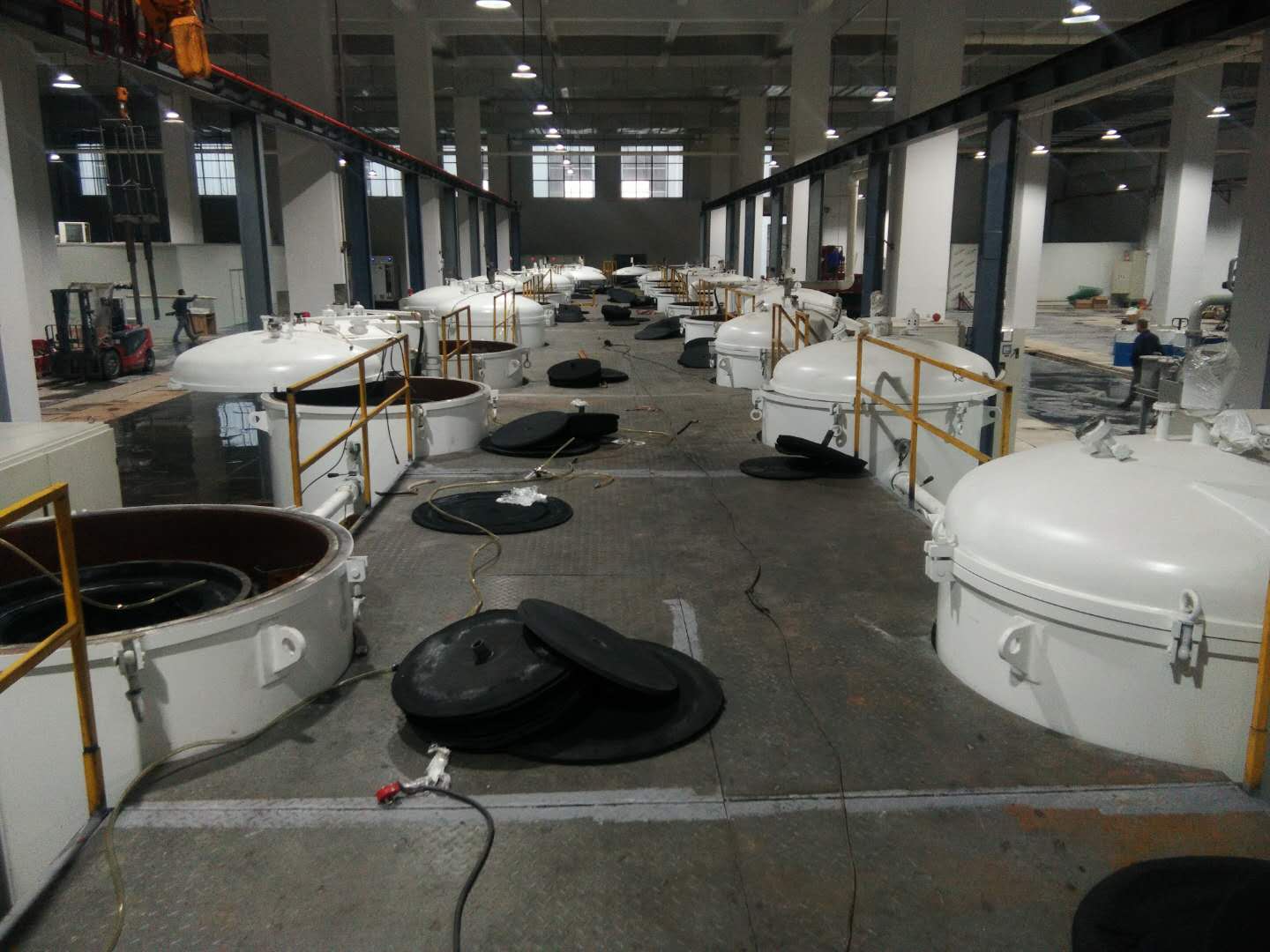Low Temperature Carbon Fiber Carbonization Furnace
Low Temperature Carbon Fiber Carbonization Furnace
The carbonization furnace is mainly suitable for the synthetic graphite industry, providing a vacuum or atmosphere protection environment to complete the process of pyrolysis of organic matter to form inorganic cracked carbon.
Applications:
The low-temperature carbonization section accepts various composite PAN-based fiber carbon paper low-temperature carbonization treatments. The main function of the carbon paper is to perform coking treatment after the carbon paper is hot-pressed and solidified. At the same time, it completes low-temperature carbonization, so that the carbon content of the composite carbon paper is increased to more than 90%.
Features:
In the furnace, the carbon paper reaches 1200°C through a number of gradually increasing temperature zones. This time it is designed into 6 independently controlled temperature zones. At this stage, the fiber will have a significant reduction in quality and the tar will be discharged.
● Design temperature: 1200℃
● Operating temperature: RT~1200℃
● Heating zone: It is composed of 6 heating zones with independent temperature control, each zone is 1.6 meters long, and the total length of the heating zone is 9.6 meters. The length of the constant temperature zone can be set arbitrarily within the total length.
● Furnace size: H180mm×W850mm×L10m
● The location of the coke discharge port: the side walls of the 2-3 zone and the 3-4 zone, each with a tar discharge port on the top to prevent the accumulation of tar.
● The furnace chamber of the low-temperature carbonization section is assembled by silicon carbide ceramic plates, which are integrally sealed, and penetrate the entire low-carbon zone. Fully consider the expansion and contraction of the material during the heating process. The silicon carbide ceramic plates are assembled with expansion gaps and there are steps at the interface.
Categories
News
Contact Us
Contact: Amy
Phone: +8613873380233
Tel: +86 (731)-2863-2875
E-mail: cx381@chenxinzz.com
Add: No.473 Xiangneng Industrial Park,Hongqi Road,Zhuzhou,Hunan.



